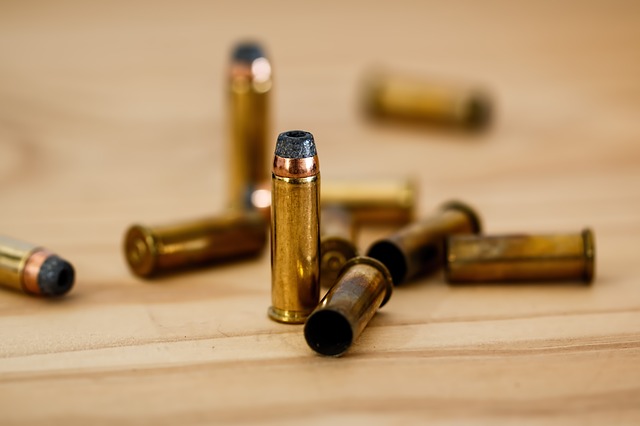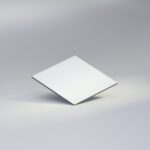The right type of bullet for your type of hunting is just as important as the scope or cartridge is for your gun. Let’s face it, the bullet does all the work. The bullet makers have made it easier for the hunter by modifying, testing and retesting bullets so the hunter does not have to think about the components of the bullet. Most bullets will work fine, but there are a wide variety of bullets made for good reasons.
There are some crazy interesting videos on the tubes about diff. bullets and their performance, for example
The performance of the bullet depends on the shape and form of the bullet. Air drag is resisted by sleek, long pointed bullets. These bullets fly farther, drift less in winds, drop less, and keep more energy in the air. These are the type of bullets the hunter will want if he is shooting at long distances.
Round-nose and flat-nose bullets are less efficient, but are safer and function differently. Hunters need blunt noses when using a tubular magazine. This prevents the sharp tips from hitting against a live round when the gun recoils. When using a revolver, the flat-nose is also necessary so the cylinder can turn around.
The blunt bullet travels in a straight line in the game. For the bullet to hit the vital points of a big animal like an elephant or buffalo, the hunter would want the heavy bullet. Spire tips would not plow straight through, they have a habit of deflecting in tissue.
Once the animal has been hit, the terminal performance takes over. The fastest, highest energy and flattest bullet do not do any good on a brown bear if it is going to disintegrate. That type of bullet would be great for smaller animals like a coyote or woodchuck. The materials that are used and the way they are all put together are what determine the lethal performance.
Sharped tipped bullets have noses that are hollow, polymer tips or exposed lead noses that will drive into the animal and expand. Low-velocity rounds are flat-nosed bullets that have the right toughness, combined with the right amount of softness in the lead and the jacket tapered to maximize expansion. Similar treatment is needed for the sleek, high velocity pointed bullet to give high impact speeds.
When fine tuning bullets, the engineers take into consideration the hardness, tapers, and thickness of all the different types of bullets produced.



























Follow Us!